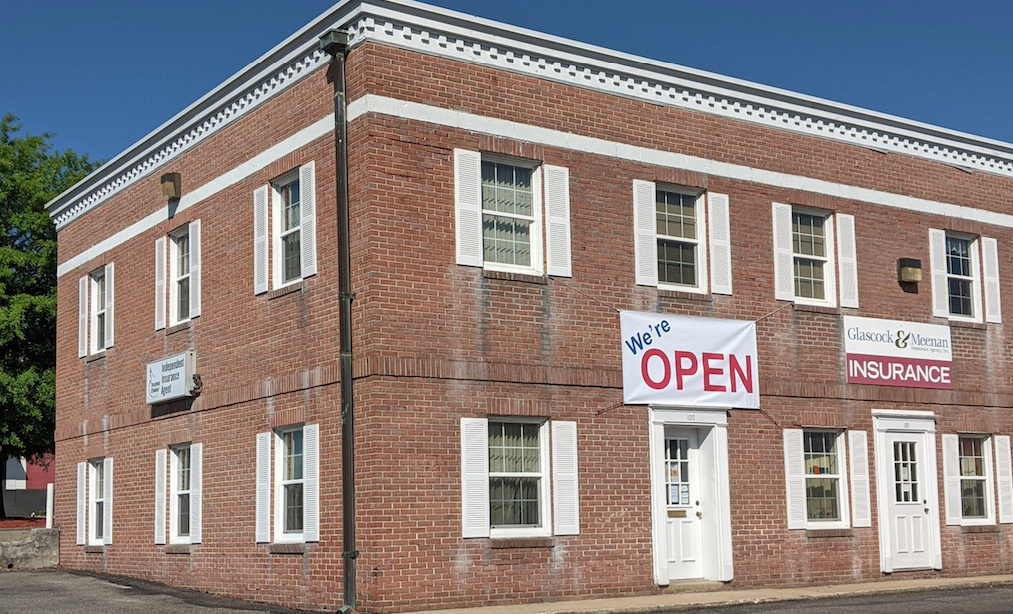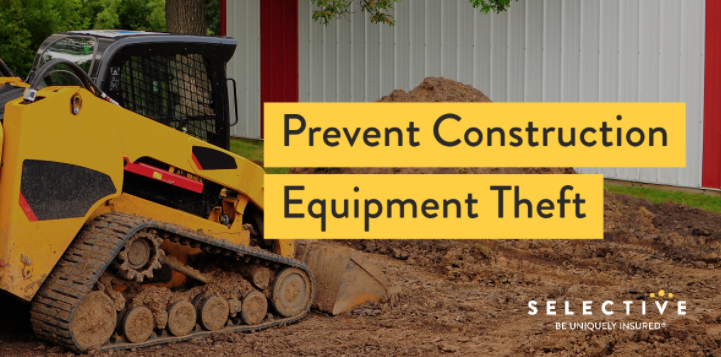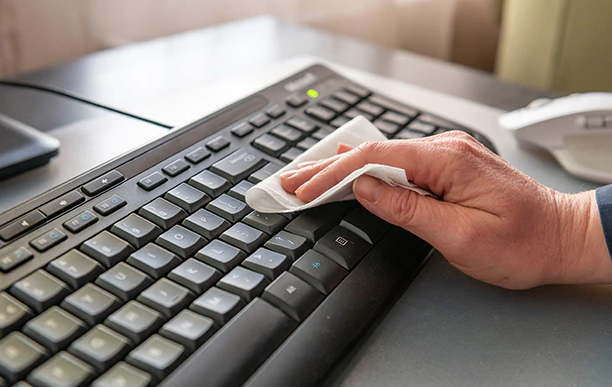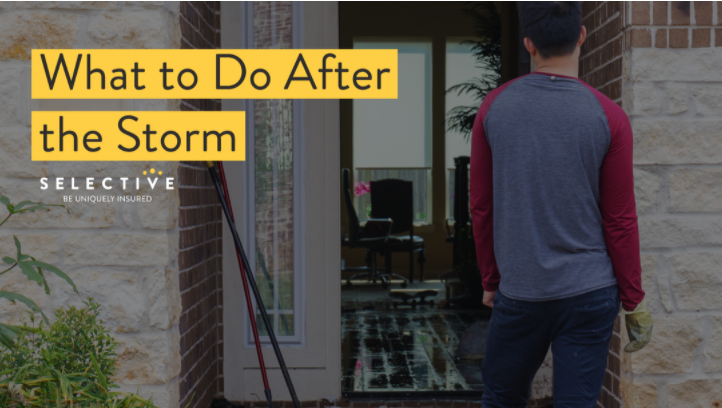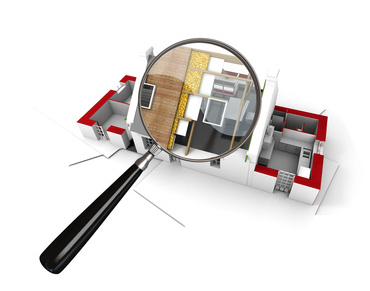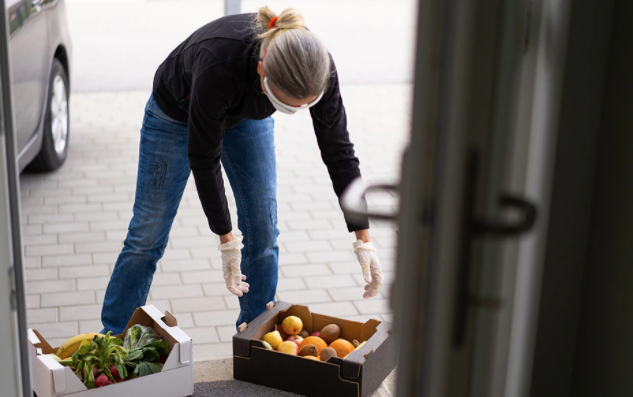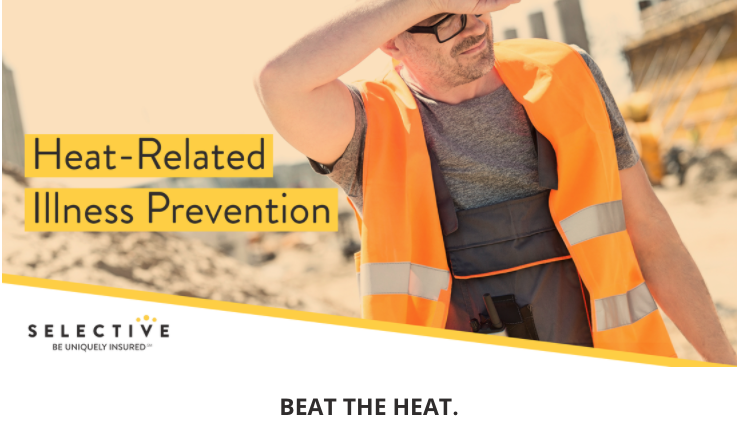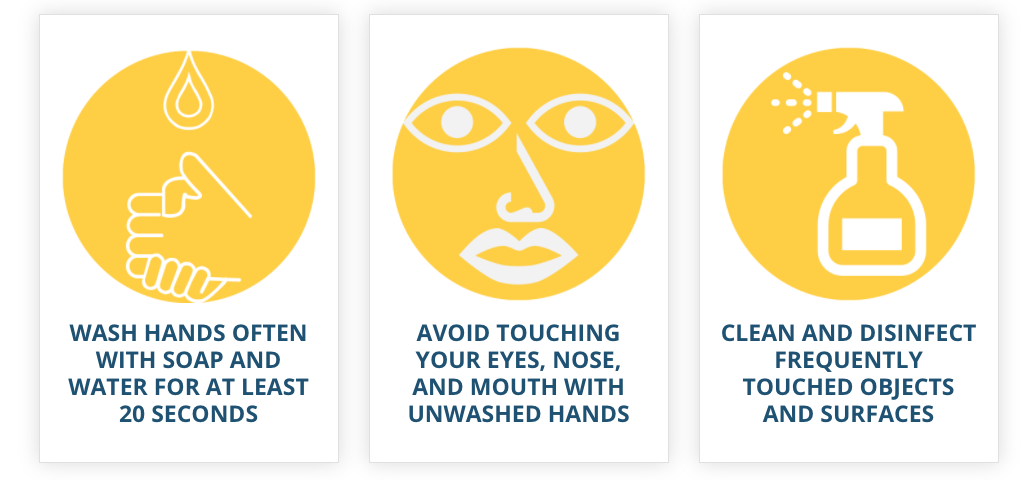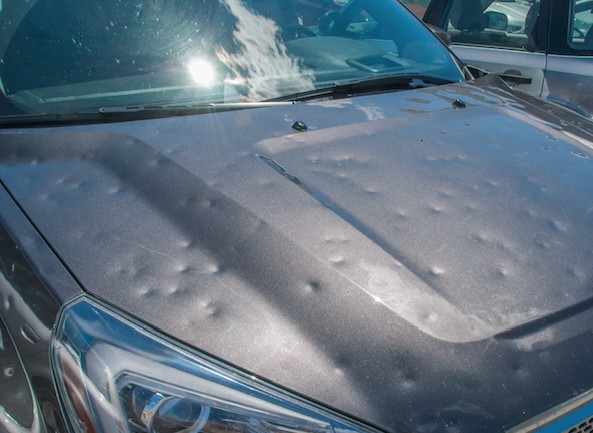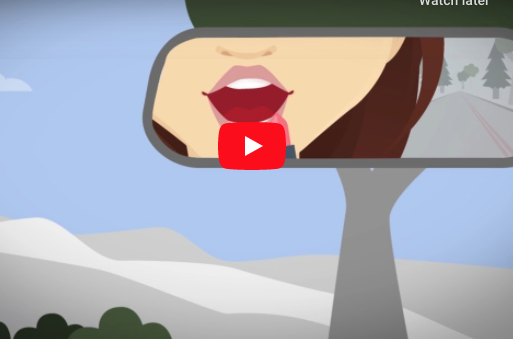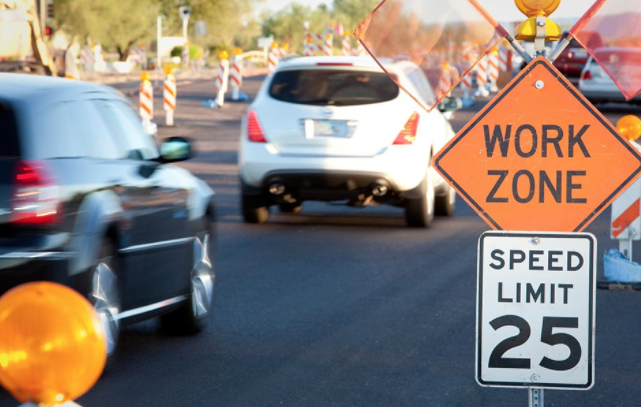FLOODING IS ALWAYS IN SEASON
Your property could be at risk, and a flood insurance policy could help. Learn More
How Do Hurricanes Develop?
Stretching from June to the end of November, some of the most damaging storms that Mother Nature has to offer may occur.
Even if one storm so much as grazes the shore, it can and has produced massive amounts of damage for home and business owners. The reason goes back to the fact that hurricanes are arguably the most powerful weather phenomenon known to climatology, capable of producing driving rains and massive wind gusts that can tear residences and businesses apart brick by brick.
How do hurricanes take shape?
To get a full appreciation of hurricanes’ destruction, you have to go back to what they are and how they develop. Hurricanes start out as tropical storms that take shape over the ocean warmed by the sun. Winds and condensation gather and form a circular pattern of clouds, the kind that you’ll see on meteorologists maps from storm track technology.
Also known as cyclones, hurricanes don’t become hurricanes until they’ve reached a certain wind speed. Generally speaking when there are sustained wind gusts traveling at 74 miles per hour, this is the textbook definition of a hurricane, or what forecasters call a Category 1. Hurricane strength is measured on what’s known as the Saffir-Simpson scale. Ranging from 1 to 5, the higher the number, the stronger the winds are. For example, a Category 5 storm has wind speeds of 156 miles per hour or more, capable of producing a storm surge 18 feet high.
And it’s understandable why. According to National Geographic, hurricanes produce as much energy in a day as the explosion of a half-million small atomic bombs. Read More
Is it Better to Lease or Buy a Car?

While many consumers want to own the cars they drive, some prefer leasing vehicles that may have lower monthly payments and could require less or no money down.
Consumer Reports notes that people who lease are able to drive more expensive cars that would have been out of their price range if they had made a purchase.1 During the lease period, these cars typically are protected by manufacturers’ warranties.
Before you choose between leasing and making a purchase, here are five important things to consider.
1. Leasing Is More Complicated than Buying
Buying a car is straightforward compared to leasing. MSN notes that people who lease basically are paying for the car’s lost value over the term of the agreement, plus a set of fees.2 Lease contracts can be hard to understand and some dealers manipulate the terms to their own advantage. To find a good deal, it’s important to study your contract carefully and question anything you don’t understand.
2. Leased Cars Are Restricted to a Limited Number of Miles
Every lease agreement has a stated number of miles you’re allowed to drive without paying a penalty. This limit typically is 10,000 to 15,000 miles. If you exceed your limit, you’ll be stuck with an excess mileage penalty. Kiplinger notes that this penalty can add up fast. It varies from 20 cents to as much as 25 cents for each mile beyond your limit.3
3. Some Discounts on Leased Cars Are Offset by Fees
Some carmakers offer discounted leases to generate interest in their models, but this savings can be deceptive. Edmunds recommends reading the fine print of any discount offer to make sure your savings isn’t offset by additional fees that are tacked on the by dealer.4 For example, the discounted price may not include the sales tax or various “drive-off” fees. Be skeptical of any deal that sounds too good to be true. Read More
Choosing a Family Vehicle: SUV or Minivan?

When it comes to choosing a vehicle for your family, many see it as a choice between a Sports Utility Vehicle (SUV) or a minivan. Both classes of vehicles have evolved over the years, to the point where it can be difficult to distinguish between them. Here’s a look at some key features in each type of vehicle, and some considerations for insuring whichever one you choose.
SUV Advantages and Disadvantages
Midsize and larger SUVs provide seating for six to eight passengers, making room for a family of four as well as the occasional extra passengers and cargo. While technically able to carry an advertised number of passengers, many mid-sized SUVs can only comfortably accommodate larger numbers of passengers for shorter trips. An SUV’s shape limits the size of the cabin, often at the expense of leg room, hip room, and headroom.
- Check the safety ratings. Safety is a key consideration in a vehicle purchase, and a number of today’s mid-sized SUVs and minivans have earned Top Safety Pick or Top Safety Pick+ awards from the Insurance Institute for Highway Safety (IIHS). IIHS Rating criteria range from crash protection to headlights to ease of use for latch systems, helping ensure safety for passengers in child seats. If you have a larger budget, IIHS has awarded IIHS Top Safety Picks and Top Safety Pick+ designations to several current mid-sized luxury SUVs as well.1
- Where are you going? Part of the decision in choosing a vehicle may rest on how and where you’ll be using it. SUVs provide all-wheel-drive (“AWD”), which finds its safety value on winter’s slippery roadways. Families who venture into unpaved areas like campgrounds and parks can also benefit from AWD and the higher ground clearance typically found with SUVs.
- What are you doing? SUVs equipped with a larger engine and beefier chassis also have a higher towing capacity than base-trim SUVs or minivans of any trim level. If you need to tow something heavy, such as a large boat or a camper, a properly equipped SUV is built to handle the task safely.
- Gas mileage and insurance. Fuel economy, once a challenge for SUVs, is now more closely matched with minivans. When compared with minivans of similar size, SUV fuel economy is often within one or two MPG – but fuel efficiency comparisons depend on which models you’re comparing. A wider variety of hybrids are available for SUVs than for their minivan counterparts.2
SUVs generally tend to be more costly to insure, but you can always explore multi-policy discounts, which can help to maintain your household budget.
Tips for Handling a Tire Blowout
For many drivers, there is nothing more frightening or potentially dangerous than a tire blowout at almost any speed. While the number of tire-related crashes has dropped dramatically since 2008, when all new vehicles were required to have automatic tire pressure monitoring systems, these numbers still remain high. The stats do not lie, as tire blowouts and flats contribute to nearly 11,000 collisions and 700 fatalities each year.1
With all the advances in safety standards and technology, why are tire blowouts still such a significant safety issue? One reason may be that since blowouts are now a rarer occurrence, when they do happen, drivers are less prepared to handle them and react properly. When a tire blows out, it can only take about ¼ second before your ride suddenly becomes a struggle to control. How you react can make all the difference in how the situation resolves itself. The first step is staying calm and remembering some tips that can help you maintain control of your vehicle.
What Does a Tire Blowout Sound Like?
Expect to hear three key sounds that may vary depending on your specific situation. First, you may hear a loud boom or bang of the tire popping reverberating through your car. You may then hear a whooshing sound or the sound of the air quickly escaping from the tire, and finally, a repeated flapping or flopping of the deflated tire hitting the road. Read More
